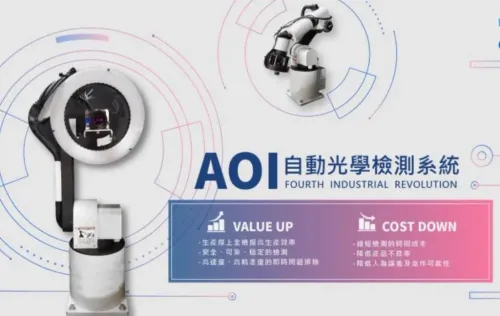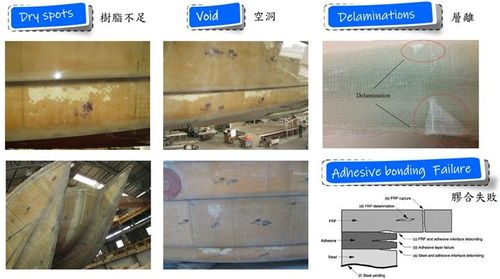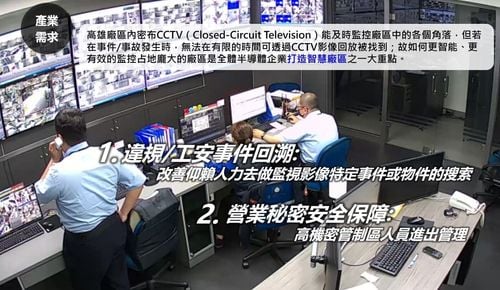【2020 Application Example】 Through smart sensing technology, effectively reducing the misjudgment rate of business email fraud by over 50%, safeguarding corporate finances!
Business email fraud causes over ten billion USD in losses annually!
Business Email Compromise (BEC) has become a global threat, causing losses of over ten billion dollars every year. Criminal organizations target victim companies in various ways, infiltrating and lurking over long periods to steal information, eventually orchestrating scams to induce victims to make payments or transact with the wrong parties.
In such crimes, key fraudulent emails often appear indistinguishable from ordinary business or personal correspondence because they match business contexts and daily transaction behaviors. BEC messages may not even contain URLs or attachments that could be detected by technical security measures, rendering antivirus and click-prevention strategies ineffective.
With email fraud being rampant, effective prevention of such threats has become a top priority!
A domestic biomedical manufacturer, one of the government's five major innovation industries and a recipient of the 13th Startup Business Award from the Ministry of Economic Affairs, features high innovation and high risk in the biotechnology sector. Handling sensitive information related to new drugs, experimental materials, or market development, and even confidential personal data tied to medical and clinical trials, the company faces substantial threats from BEC scams. They hope to leverage AI's interpretation capabilities for more accurate and comprehensive alerts against malicious emails, ultimately enhancing productivity and avoiding scams.
Utilizing AI recognition to preemptively deter threatening emails, effectively boosting corporate productivity!
'Artificial Intelligence-assisted BEC transaction intent perception' is a feature developed by NetzEngine Information Software Co., Ltd. and Dupont Digital Security Ltd., capable of identifying emails with transactional intents and incorporating them into NetzEngine's MailGates email behavior analysis module to detect threatening messages and improve the detection accuracy of suspicious threat emails.
This case uses two functionalities from the aforementioned AI technologies, 'Email Fraud Protection by Mail Header Security Policy' and 'Email Fraud Protection by Email Behavior Analysis Policy'.

▲Openfind MailGates' 'Mail Header Security Policy' feature
In MailGates' 'Email Fraud Protection' features, the 'Mail Header Security Policy' can be adjusted. For example, all emails from hotmail.com must have a correct From header, but the Reply-to header will be blank, this is the correct format for Hotmail emails, the same applies to Gmail.
If the email comes from another source, however, it should adhere to the filtering rules recommended by MailGates: Both From and Reply-to should come from the correct and same domain, otherwise, it is likely to be a fraudulent message. The third rule in the image represents all emails from openfind.com.tw should use the aforementioned default rules for inspection. If an email does not comply with the Mail Header Security Policy as per this setup, users will receive a 'Email Fraud Warning' notification on the subject line, helping to prevent BEC email fraud.
▲Openfind MailGates' 'Email Behavior Analysis Policy' feature, can set 'Protection Level'

▲Openfind MailGates' 'Email Behavior Analysis Policy' feature, can set 'Operational Actions'
In MailGates' 'Email Fraud Protection' feature, the 'Email Behavior Analysis Policy' can be applied as needed. This feature's design and settings might seem complex for average users, who could opt for the 'Intelligent Detection' method instead, simply choosing among 'Loose, Standard, Strict' levels. The system will determine the actual settings for these levels based on recently collected feedback data. More skilled managers can use the 'Custom' mode, to set all behavior analysis functionalities in detail.
For example, by listing commonly impersonated domain names under 'Similar External Domains', the system will automatically consider similar but unequal domains, intended to impersonate and deceive users, as higher threat sources. This feature allows users to set alerts for such emails, including using title and content warnings, and through behavior analysis, if the system deems the email likely to be a BEC fraud, it will clearly prompt users to be vigilant.
'Email Fraud Protection by Mail Header Security Policy' and 'Email Fraud Protection by Email Behavior Analysis Policy' are actually planned and designed functionalities incorporated into the MailGates email protection system, combined with the aforementioned AI research outcomes, all MailGates users will be able to utilize these two functions against BEC scam emails.
For corporate clients, 'missed threat emails' represent the most significant information security threat and the aspect most needing improvement. With the adoption of NetzEngine's BEC smart sensing mechanisms, they can immediately and effectively reduce the threats of BEC scams within the unit, avoiding scams and boosting corporate productivity!
Comprehensively guarding客户 client email security, expanding the value of the domestic information security industry
NetzEngine Information Software Co., Ltd., in collaboration with AI startup Dupont Digital Security Ltd., adopts NLP and more specialized threat analysis technologies, capable of intelligently perceiving emails with transaction intentions and increasing the interception rate of BEC emails. This not only enhances client value and maintains their cybersecurity capabilities, but as a leader in domestic email security, Openfind NetzEngine Information will continue to develop solutions for email and messaging communication security.
In the future, NetzEngine plans to integrate BEC protection and APT sandbox defense technologies, continuously expanding into a derivative product line: Advanced Threat Protections. By addressing customer needs against the continually increasing cybersecurity threats with a robust and comprehensive protection solution, it aims to deliver greater value to customers, while also expanding the domestic information security industry's problem-solving options and enhancing its value.
In the current high-end cybersecurity protection market, many clients can only use products from foreign manufacturers. These products' designs, usage processes, and, most crucially, the sources and processes of samples or policy settings often do not suit the specific requirements of domestic government agencies or enterprises. Therefore, through products and services offered by NetzEngine, enterprises will be helped to safeguard email security.
「Translated content is generated by ChatGPT and is for reference only. Translation date:2024-05-19」


